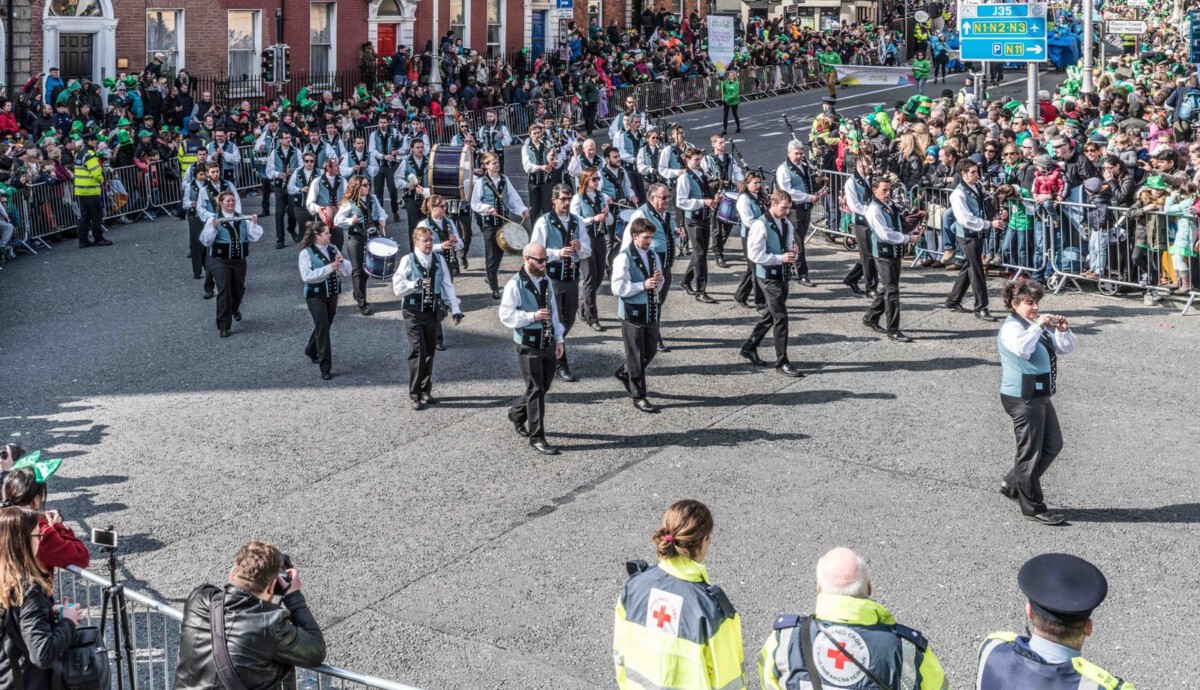The Revival of Jazz-Inspired Fashion in 2025
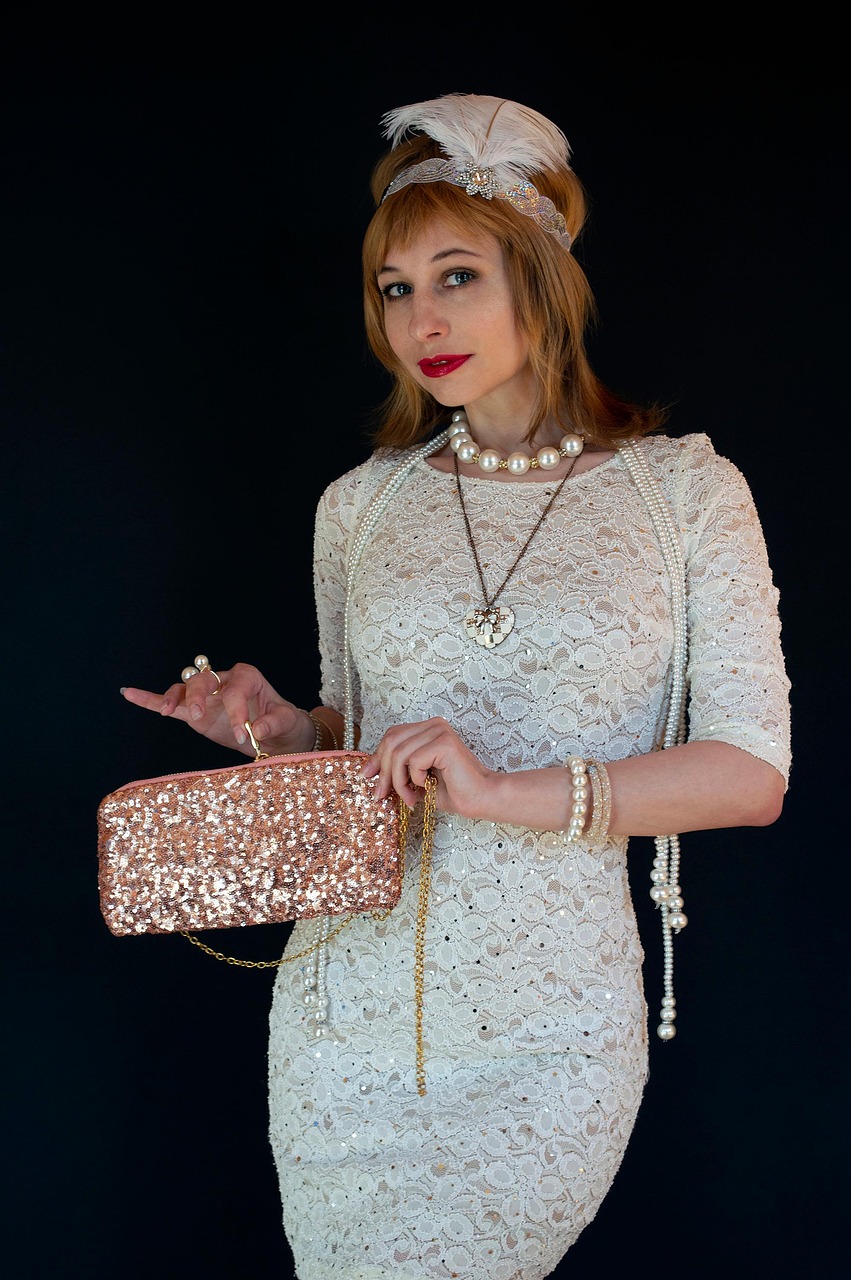
Walk through any major city today, and you’ll spot them everywhere – young people sporting 1920s-inspired slip dresses, feathered accessories, and art deco jewelry. The same fashion trends from 1920s America – 100 years ago now – can still be seen in high fashion and all over the street style of 2024, with Jazz Age fashion undoubtedly making a roaring comeback in our current decade. In 2024, people are unafraid to take risks in their style, which is likely why some are leaning into feathers once again, as high-end designers love to incorporate feathers into their looks for ready-to-wear and couture collections alike.
While the 1990s nude lipstick has reigned the past decade, classic red lips are predicted to have a major comeback in 2024, while dark eye makeup has also circled back around with fun undertones of navy and deep green, as well as the classic black and brown shades. Clothing has always been influenced by culture, and the 1920s and 2020s share a similar recovery from trauma and shift toward a brighter future than the years it left behind.
Modern Jazz Artists Breaking Boundaries on Social Media
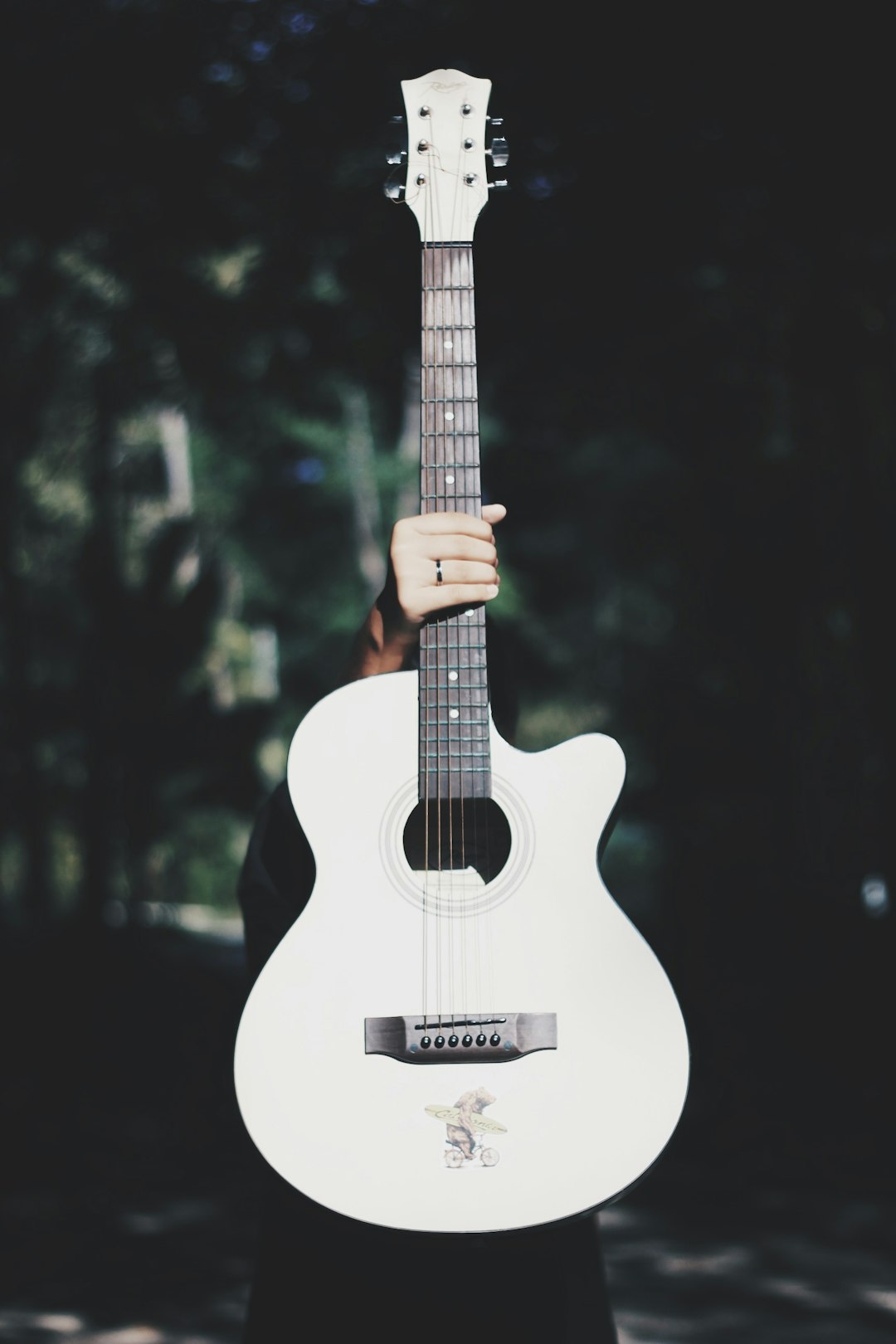
In 2023, Yussef Dayes released Black Classical Music, his most monumental album yet and widely renowned as 2023’s best Jazz album, serving as a masterpiece to enjoy the best of modern Jazz. Another collective from London’s exploding Jazz scene, Oreglo, recently blew up on TikTok for a video showcasing their unique blend of Jazz and UK Drill, with this being just one example of their wide ranging experimentation, and only one official single in, they have already made their mark as one of the most exciting new artists in Jazz today.
Bringing jazz to new generations is Samara Joy, a TikTok superstar who just took home the GRAMMY for Best New Artist in 2023. There’s a new school of modern Jazz artists re-imagining and reinventing contemporary Jazz for today (sometimes called ‘nu jazz’), with these artists able to stay true to the essence of Jazz whilst infusing a spectrum of modern influences in their sound.
The Digital Jazz Revolution Through Streaming Platforms

According to Exploding stats, approximately 4 in 5 people listen to one of the many music streaming services on the market, with real numbers showing an increase from 68 million to over 616.2 million between 2015 and 2022. TikTok reported over 1 billion monthly active users in Q2 2024, with music being a central feature in 90% of the most-viewed videos, while Instagram Reels saw a 35% increase in music-related content engagement compared to the previous year.
According to a recent study by MusicWatch, 68% of social media users discover new music through short-form video content, with a MusicWatch study indicating that 68% of social media users discover new music through these bite-sized videos. Spotify expanded AI playlists to more countries, introduced short-form Clips, and rolled out new royalty models, while artists now sell merch directly on streaming platforms, and AI-generated music is bigger than ever, with viral hits and ethical AI partnerships making headlines.
Gender-Fluid Fashion Echoing the Jazz Age Spirit
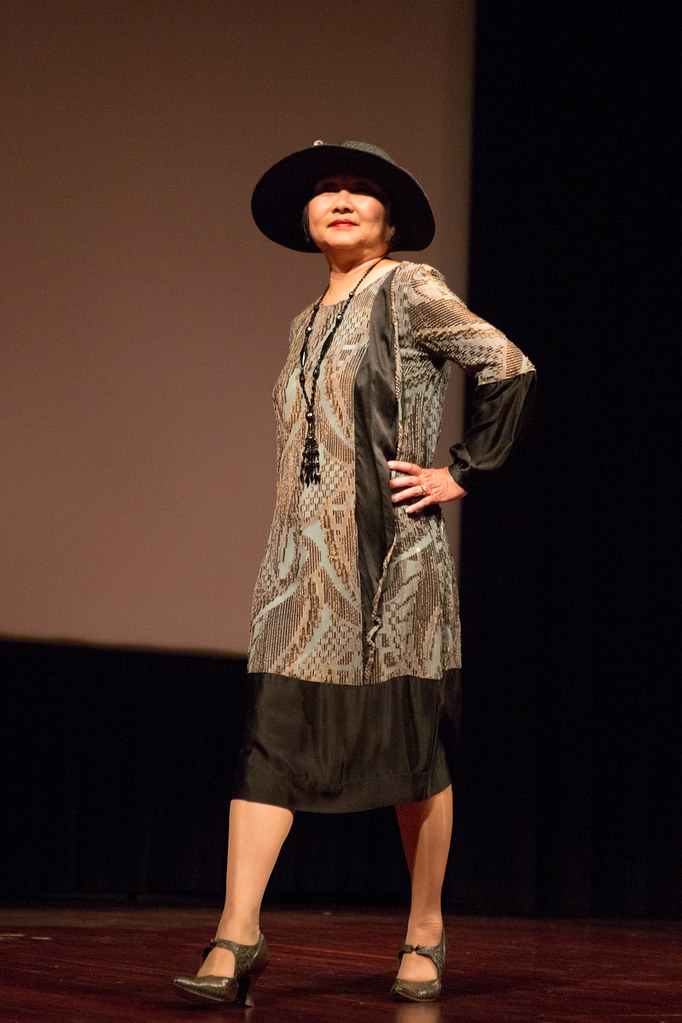
The 1920s brought about a huge rise in androgynous fashion that broke boundaries and caused controversy, drawing greatly on a subculture that had existed for decades, but after the first World War, gender neutral clothing made front page news. Following the Wall Street crash of 1929 and the Great Depression, people quickly abandoned gender-bending styles, but in recent years, this trend is back and better than ever, with gender neutral clothing ever-evolving and expressed more publically through runway shows, red carpet events, and within day-to-day wear, as the desire for an elimination of gender codes in fashion is flourishing.
Jazz gave people a reason to be more open with their fashion choices, in particular, women, through which the fairer sex was able to find a foothold to rebel without feeling pressured. Music and fashion are, indeed, interconnected, and as times change, we’ll continue witnessing the impact of the arts on every little thing in our lives.
The Speakeasy Culture’s Influence on Modern Nightlife

This prohibition was taken advantage of by gangsters such as Al Capone, and approximately $60 million (equivalent to $1,312,361,111 in 2024) in illegal alcohol was smuggled across the borders of Canada and the United States, with the resulting illicit speakeasies that grew from this era becoming lively venues of the “Jazz Age”, hosting popular music that included current dance songs, novelty songs and show tunes.
While 1920’s attire is not mandatory, it is encouraged at modern Jazz Age events, with organizers pleased to offer a bevy of fabulous gourmet food trucks right on the lawn. The Roaring Twenties, often described as the Jazz Age, was an era that roared with exuberance, marked by radical changes in social life and a vibrant, electrifying nightlife scene, with the social life and nightlife of this era characterized by a spirit of rebellion, liberation, and unbridled celebration.
Jazz Music’s Lasting Impact on Modern Musical Genres
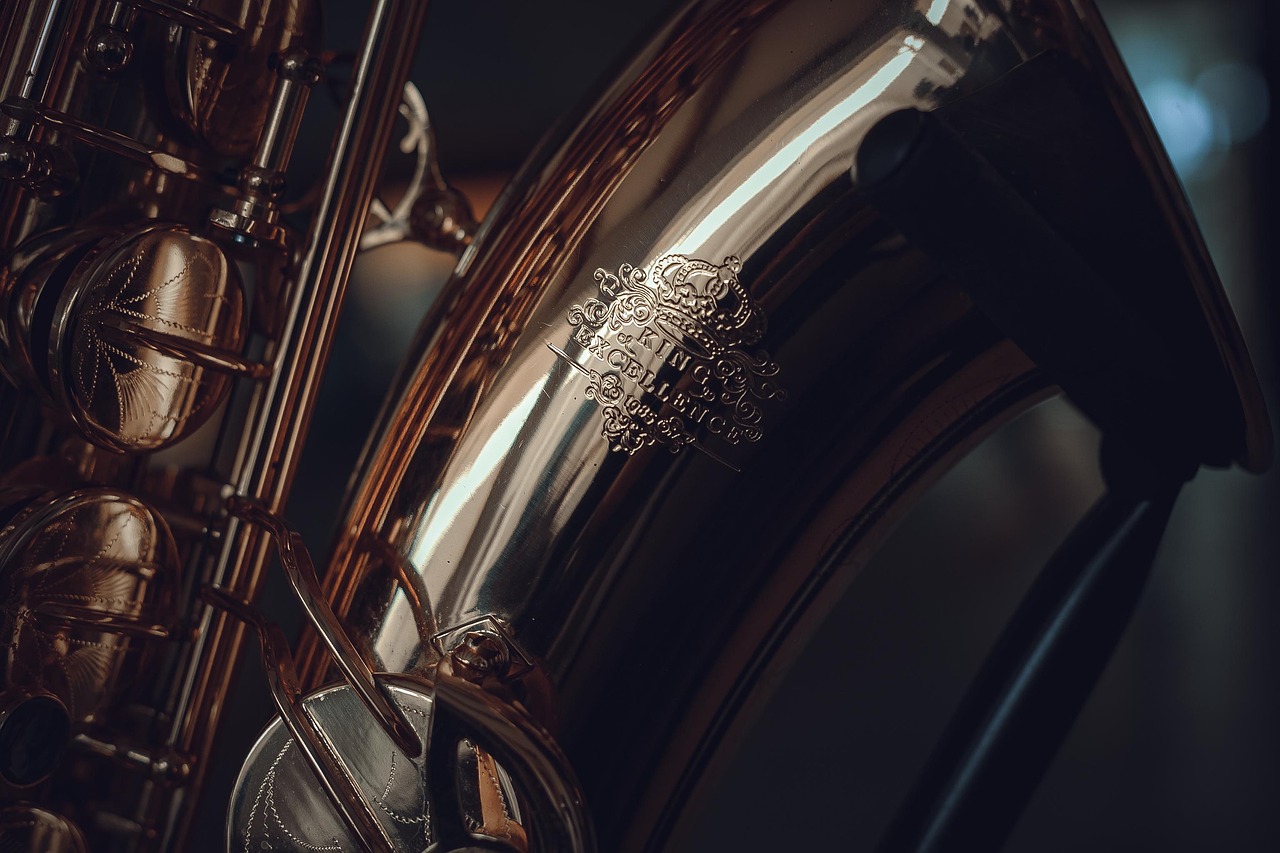
The Jazz Age paved the way for the popularization of swing music, bebop, and other jazz subgenres, with jazz-inspired movements and dance styles continuing to influence contemporary dance forms. The music and dance of the Jazz Age brought people from different backgrounds together, with jazz seen as a bridge between cultures, as it incorporated elements from African, European, and Caribbean musical traditions.
Jazz continues to echo in the corridors of contemporary fashion, with modern designers often incorporating jazz elements into their creations to create looks with jazz-style clothing, providing a fascinating fusion between classic and contemporary. Jazz is a universal language, and its influence on fashion transcends borders, as different cultures incorporate jazz style into their fashion, a beautiful fusion of traditions occurs, resulting in a unique, global expression of jazz style.
The Educational Renaissance in Jazz Studies

The Blair Big Band has won eight national awards from DownBeat and in 2023 was the only ensemble made up entirely of undergraduates among the four finalists at the Jack Rudin Jazz Championship at Lincoln Center in New York City, with even before Blair offered a major in jazz studies—a major available only since 2020—the Blair Big Band was winning national awards (eight so far and five others for individual students in the program) from DownBeat, a publication that has covered jazz in America since 1934.
Vanderbilt has also become a major center for research in jazz history, with numerous prestigious collections coming to the Jean and Alexander Heard Libraries as the result of a five-year partnership between Vanderbilt and the National Museum of African American Music in Nashville, including the John Birks “Dizzy” Gillespie Collection, the Yusef A. Lateef Collection and several photo collections that include portraits by Carl Van Vechten and Charles Stewart.
The Technology-Driven Jazz Community Building
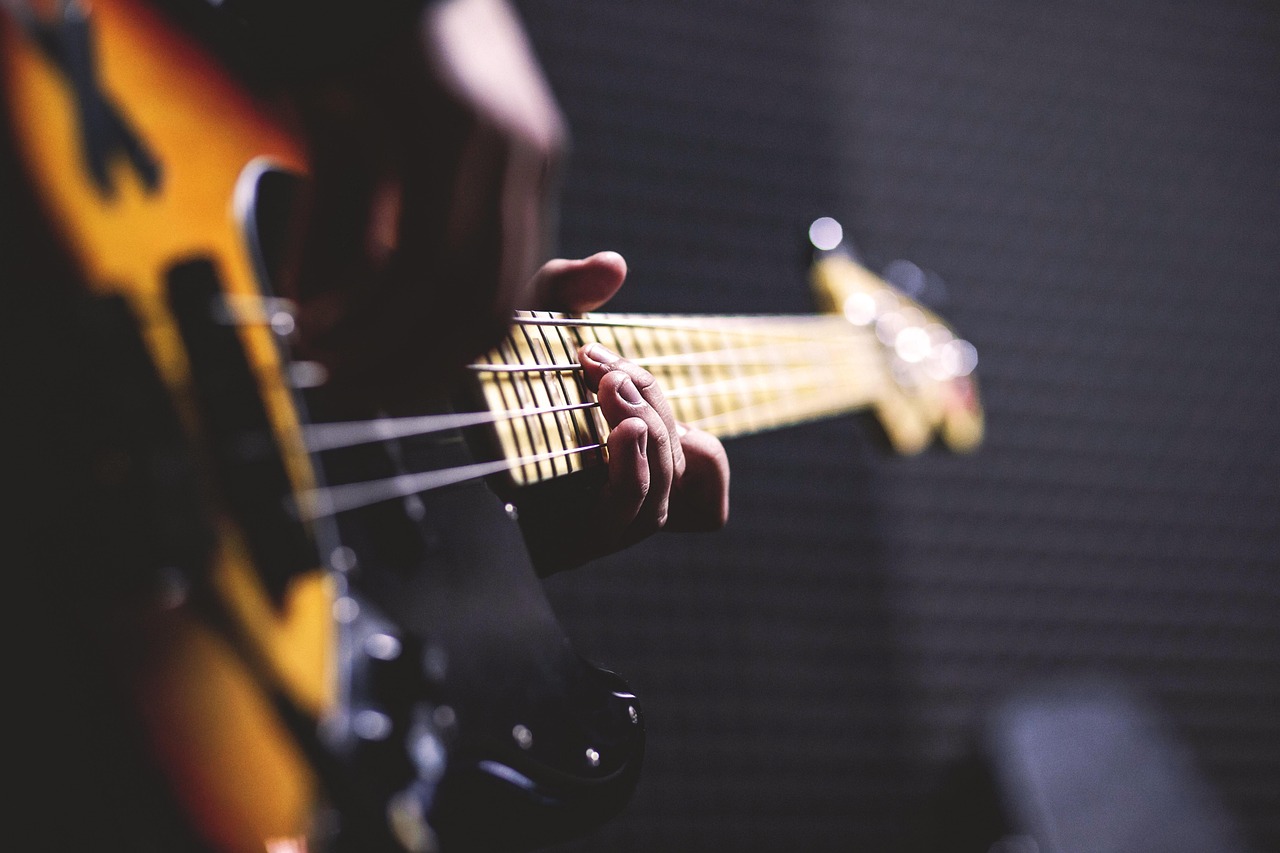
Next Jazz Legacy is a national apprenticeship program for diverse improvisers in jazz, with the intersection of gender and race as a guiding principle, with the selection committee for the 2025 Next Jazz Legacy cohort also including Aja Burrell Wood, Angelica Sanchez, Caroline Davis, Liberty Ellman, Matthew Stevens, and Neal Smith. The fourth cohort of eight Next Jazz Legacy artists represents a dynamic fusion of backgrounds, talents, and perspectives, embodying a commitment to innovation and excellence within the jazz community, and in addition, they have overcome challenges including sexism, socio-economic barriers, and limited access to opportunities.
Social audio and podcast integration within social media platforms are opening new avenues for music discovery and discussion, with Spotify’s 2024 Culture Next Report highlighting that 62% of Gen Z and Millennials use social audio rooms for music discussions and artist discovery.
Virtual Concerts and Live Streaming’s Jazz Connection

The pandemic propelled live streaming from a novelty to a mainstay in the music industry, with LiveNation’s survey revealing that 65% of concert-goers remain interested in virtual concerts even with the return of in-person events. Facebook’s music live stream viewership jumped 50% in 2024, while X Spaces hosted over 10,000 music-related audio events in just the first half of the year, and Instagram Live collaborations between artists surged 75%, fostering new partnerships and community engagement.
Virtual concerts offer unique brand sponsorship opportunities, allowing marketers to reach global audiences in innovative ways, particularly appealing to Gen Z and Alpha consumers. This blue banner for Tangier Jazz Festival has depth, vibrancy, and a sense of movement thanks to the textured effect, echoing jazz’s improvisational nature and Tangier’s dynamic cultural fusion.
The Art Deco Influence on Modern Graphic Design
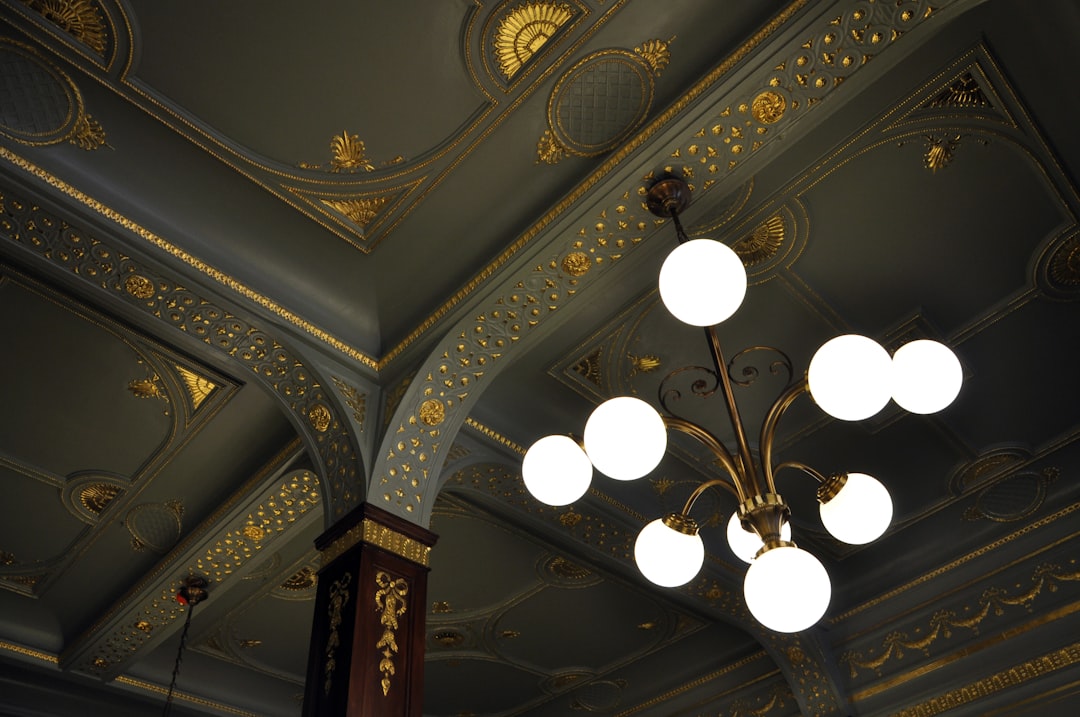
Art Deco influenced fashion with geometric patterns, bold colors, and metallic fabrics, with the era seeing a shift from corseted figures to more relaxed, straight shapes. Modern fashion often references 1920s elements, with pop culture and contemporary collections continuing to draw inspiration from this glamorous era, and vintage fashion, especially flapper dresses and Art Deco accessories, remains popular today.
The decorative elements, bold colors and patterns, 90’s colorway, and the feeling of nostalgia all make maximalist illustrations appealing, with this particular style linked to retro aesthetics, which is really big right now in both design and fashion. Geometric fonts, shapes, and compositions are making a sharp entrance in 2025, with designers and people alike seeking refuge from ambiguity in the pristine angles and geometry of shapes.
Jazz Age Rebellion and Modern Social Movements
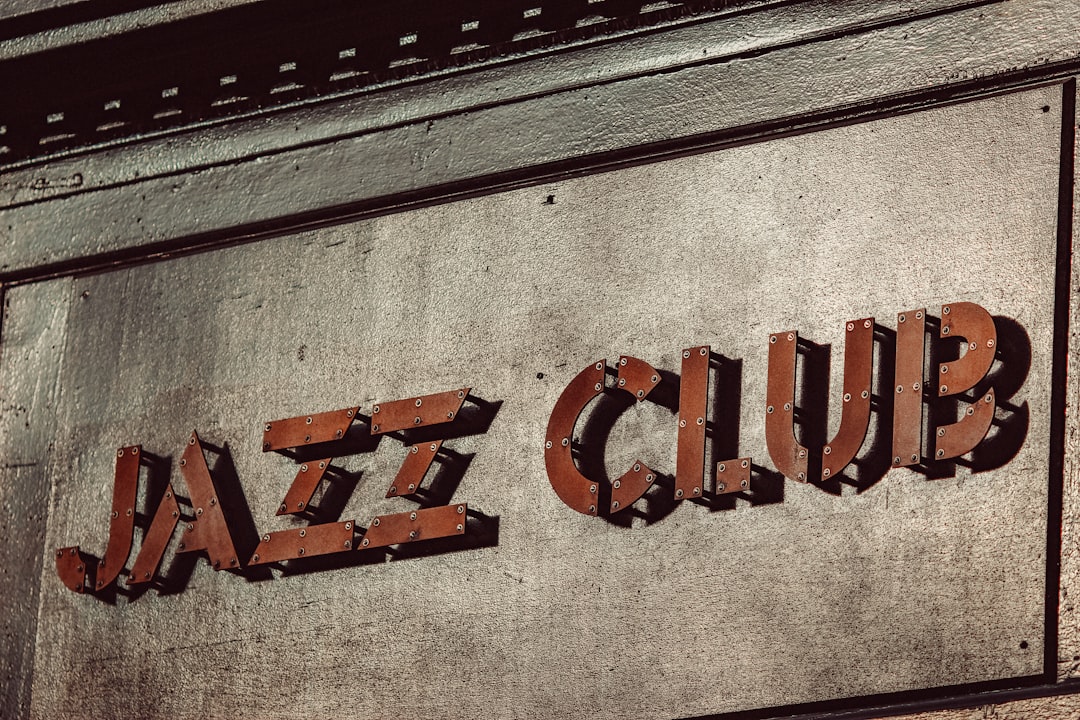
The cultural impact of the era left an indelible mark on American society, challenging traditional values and paving the way for ongoing social change, with the Jazz Age remaining a remarkable chapter in American history through its artistic achievements, rebellious spirit, and cultural innovation. The Jazz Age was not just about music; it also witnessed a significant shift in fashion and social attitudes, with the emergence of the Flapper movement during this time challenging traditional notions of femininity and sparking a revolution in women’s fashion, as flappers were young, independent women who embraced a more liberated lifestyle and used fashion as a means of expressing their rebellious spirit.
Feminism, modernism, and hedonism were rife in the Jazz Age, with the mentality around every field of work beginning to change to accommodate these changes too, and soon enough, this cheerful, happy, rebellious mood made its way into the fashion industry. The Jazz Age may have been a fleeting moment in history, but its impact continues to resonate, shaping the trajectory of American culture, leaving a legacy of artistic innovation and social change that still influences us today.
The NFT Revolution and Jazz’s Digital Ownership

Blockchain and NFTs are disrupting music ownership and distribution on social media, with Deloitte anticipating music-related NFTs generating over $1 billion in 2024. X introduced verified NFT profile pictures, embraced by 25% of music artists, Facebook Marketplace expanded NFT offerings, witnessing a 300% surge in music collectible transactions, and Instagram partnered with record labels for exclusive NFT drops, engaging younger demographics.
While still a niche market, this technology empowers artists with new monetization avenues and provides fans with unique collectibles, forging stronger creator-audience bonds. A report by Deloitte estimates that music-related NFTs will generate over $1 billion in revenue by the end of 2024, with X introducing verified NFT profile pictures, with 25% of music artists adopting this feature.
The Cultural Bridge Between Past and Present
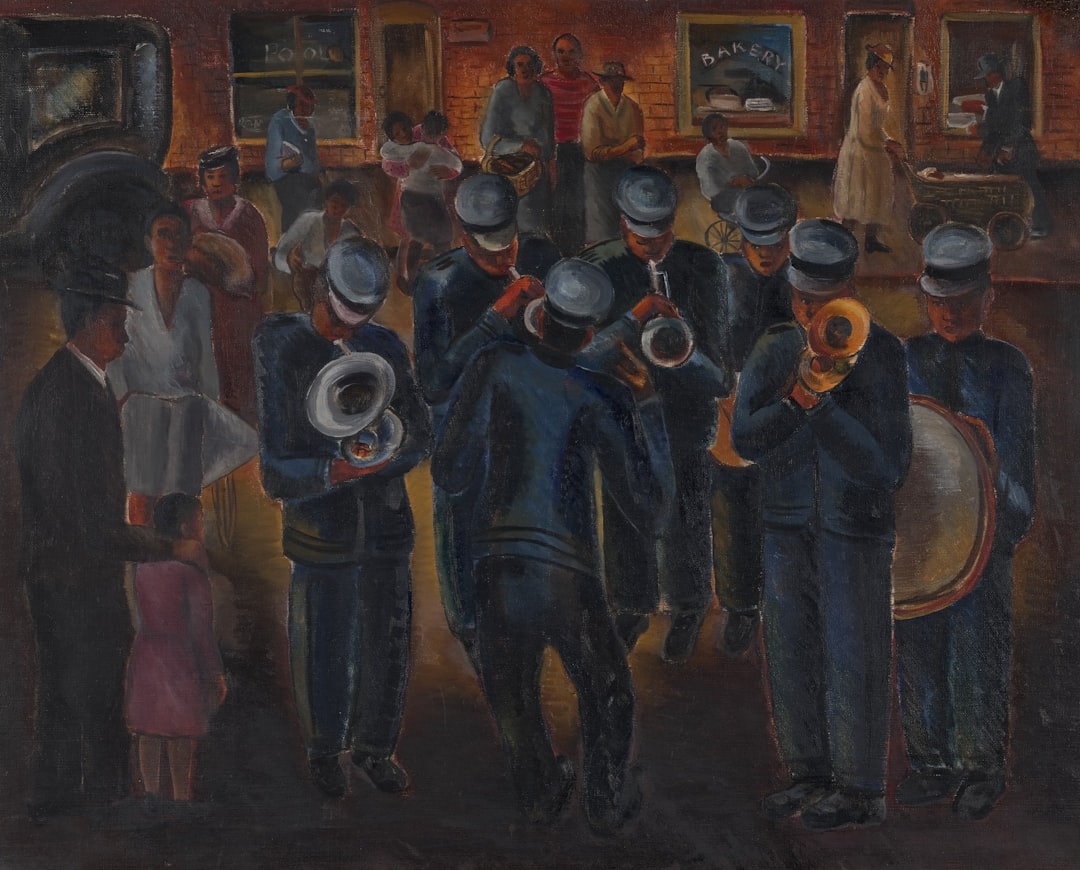
In fact, the 1920s was a decade of deep cultural division, pitting a more cosmopolitan, modernist, urban culture against a more provincial, traditionalist, rural culture, with the decade witnessing a titanic struggle between an old and a new America as well as the rise of a modern consumer economy and mass entertainment. The year 2025 marks a pivotal moment in the interwoven relationship between music and social media, with the digital landscape no longer merely a distribution channel but a vibrant ecosystem where music is discovered, consumed, and shared, shaping trends, influencing behavior, and redefining the very nature of fan engagement.
It was an era that defied conventions, challenged societal norms, and left an enduring legacy in the realms of music, fashion, dance, and social progress, with the Jazz Age, indeed, an age that roared with a passion for life, and its echoes can still be heard in the cultural tapestry of the modern world. All signs point to 1920s style sticking around for the next portion of the 2020s, with excitement about seeing how this decade will bring influence from the past into styles that will be worn by generations to come. The spirit of innovation and rebellion that defined the Jazz Age continues to pulse through our digital veins, proving that some cultural revolutions never truly end—they just find new stages to perform on.





